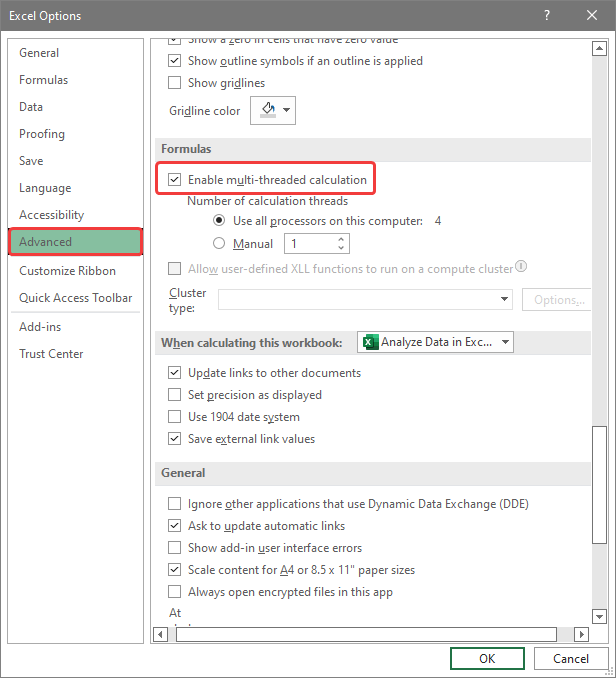How to Easily Separate Excel Sheets: Beginner's Guide

Are you struggling to manage different data sets on a single Excel worksheet? Separating Excel sheets can make your work much easier to organize and analyze. In this beginner's guide, we'll walk through how you can easily split your data into separate sheets or workbooks, streamlining your workflow for better productivity.
Why Separate Excel Sheets?


Data management in Excel becomes simpler when you divide your information into different sheets:
- Easier Data Navigation: Quickly jump between different data sets.
- Reduced Complexity: Each sheet can focus on one type of data, reducing errors.
- Improved Analysis: Analyze specific data sets without clutter from unrelated data.
How to Separate Sheets

Let’s explore some techniques to separate your Excel sheets:
1. Using Basic Copy-Paste Method

For smaller datasets, this method works:
- Select the data you want to move.
- Right-click, choose Copy.
- Open or create a new workbook/sheet.
- Right-click where you want the data, select Paste.
🖱️ Note: When copying data, ensure that you do not lose any cell formatting or references.
2. VBA Macro for Large Data Sets

If your data is extensive, automate the process:
Sub SeparateSheets() Dim ws As Worksheet Dim data As Range Dim lastRow As Long, lastCol As Integer Dim wsName As String Dim i As Integer' Assuming your data starts in A1 on the active sheet With ActiveSheet lastRow = .Cells(.Rows.Count, 1).End(xlUp).Row lastCol = .Cells(1, .Columns.Count).End(xlToLeft).Column Set data = .Range("A1", .Cells(lastRow, lastCol)) ' Loop through each row and create a new sheet for each unique value in the first column For i = 2 To lastRow wsName = .Cells(i, 1).Value If Not WorksheetExists(wsName) Then Sheets.Add After:=Worksheets(Worksheets.Count) ActiveSheet.Name = wsName End If data.Rows(i).Copy Sheets(wsName).Range("A1") Next i End WithEnd Sub
Function WorksheetExists(wsName As String) As Boolean On Error Resume Next WorksheetExists = (Sheets(wsName).Name <> “”) On Error GoTo 0 End Function
💻 Note: Running macros can speed up your data processing but requires caution to avoid unintended changes.
3. Using Excel Functions

For data that changes regularly, you might want to use dynamic formulas:
- Use VLOOKUP or INDEX/MATCH to pull data into other sheets based on criteria.
- Create pivot tables to summarize and filter data across sheets.
Working with Multiple Workbooks

Sometimes, you’ll need to manage data across several Excel files:
Importing Data

To bring data into one workbook from multiple:
- Open both workbooks.
- Use Copy/Paste or Excel’s Data Tab -> Get Data -> From File -> From Workbook.
📁 Note: Ensure data integrity when importing data from external files to avoid issues like formatting loss or broken links.
Creating External References

Link data across different workbooks:
- Use the = sign followed by the workbook name in square brackets, then the sheet and cell reference. E.g., =[SourceWorkbook.xlsx]Sheet1!A1
In conclusion, separating Excel sheets can significantly enhance your productivity by simplifying data management, navigation, and analysis. Whether you're dealing with small datasets or extensive databases, Excel provides versatile tools to manage your data efficiently. From simple copy-paste methods to complex VBA macros, there's a solution for every level of user. Remember to consider the nature of your data, the frequency of updates, and the complexity of your workflow when choosing your approach to separation.
What happens to my formulas when I separate Excel sheets?

+
Formulas will typically remain intact, but if your formulas reference other cells, you may need to update them or create external references to keep them functioning correctly across different sheets or workbooks.
Can I undo a sheet separation if I make a mistake?

+
Yes, if you haven’t closed Excel, you can use the Undo function. For large datasets where VBA was used, you might need to manually reverse the changes or keep a backup of your original data.
How do I separate sheets based on specific criteria?

+
You can use filtering to identify the data you want to separate, then apply one of the above methods (VBA, Excel functions, or manual copy-paste) to place the data in new sheets or workbooks.
Is there a way to automate sheet separation daily?

+
Yes, you can use VBA macros combined with Excel’s scheduling features to automate the process daily or at any specified interval. This is especially useful for reports that need regular updating.



